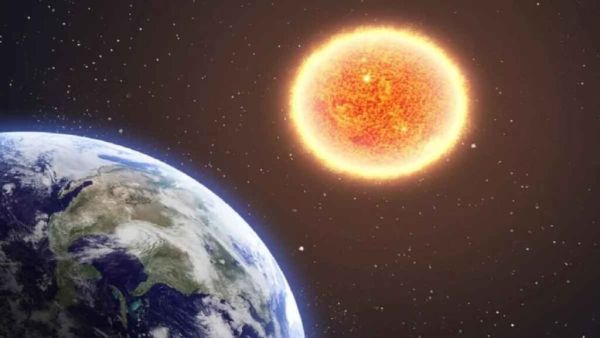
Akola: The golden moment is soon to come for the astronomers and the curious people who know the movements in the sky. July 4 and 5 is going to be very special for astronomers inspecting the Earth and Moon. This is because on July 4, the Earth will be the farthest from the Sun, which is one of the unique opportunities in the universe.
The Earth and Moon travel in elliptical classes, due to which they live near the sun or each other, sometimes at a longer distance. In the same sequence, on July 4, the Earth will be in the ‘Apoorial position’ of the year, that is, it will be the most distance from the Sun. On this day, the Earth will be about 15 million 21 lakh km (1.0166 astronomical unit) from the Sun. Due to this, the image of the sun will appear smaller than normal.
Prabhakar Dod, the director of Vishwabharati Center, has requested the citizens to take direct experience of this astronomical change at sunrise or sunset. The next day i.e. on July 5, the Moon will be about 4 lakh 4 thousand 600 kimer away from the earth, which is called ‘upground status’. On that day, the moon of Ashada Pure Dashami will appear to be somewhat small.
In astronomy, when the Earth is closest to the Sun, that position is called ‘Upasuraya’. This situation comes on 3 January, when the sun appears larger than normal. Similarly, when the Moon is closest to the Earth, it is called ‘subcutaneous status’.
Shubhanshu Shukla started algi -based food mission in space
This year this situation will come on July 20, when the moon near the full moon will appear relatively large. These astronomical phenomena not only indicate the speed of the universe, but the common people can also understand the amazing balance of nature by taking interest in them. This is a unique opportunity for scientists and astronomers.